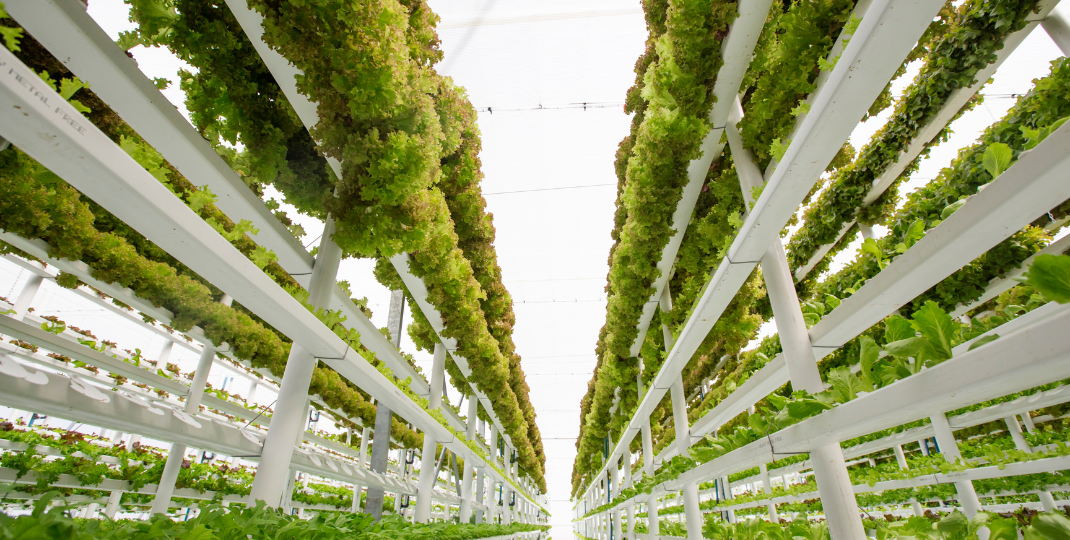Vow Cultivated Meat is a groundbreaking innovation in the field of food technology that offers a sustainable and ethical solution to meet the growing demand for meat. Unlike traditional livestock farming methods, which contribute to deforestation, greenhouse gas emissions, and animal cruelty, Cultivated Meat uses cellular agriculture techniques to produce real, high-quality meat without the need for raising and slaughtering animals. By cultivating meat cells in a controlled environment, Vow aims to revolutionize the way we produce and consume meat, offering a more environmentally friendly and animal-friendly alternative that doesn't compromise on taste or nutritional value.

How will the cost of producing cultivated meat compare to traditional meat production methods?
The cost of producing cultivated meat is expected to be higher than traditional meat production methods initially, as it involves complex and expensive processes such as cell culture and tissue engineering. However, with ongoing technological advancements and economies of scale, the cost of cultivated meat is projected to decrease over time and eventually become comparable or even cheaper than traditional meat production methods. Additionally, factors like decreased land, water, and feed requirements for cultivated meat may further contribute to its cost competitiveness in the future.

What is the potential market demand for cultivated meat, and how will consumer acceptance impact its adoption?
The potential market demand for cultivated meat is significant, as it offers a sustainable and ethical alternative to conventional animal agriculture. With increasing concerns about environmental impact, animal welfare, and global food security, there is a growing interest in adopting cultivated meat. However, consumer acceptance will play a crucial role in its adoption. Factors such as taste, price, safety, and perception of naturalness will influence consumers' willingness to try and continue purchasing cultivated meat. Building trust, educating the public, and addressing any potential concerns will be important for widespread consumer acceptance and the successful integration of cultivated meat into the market.
Will regulatory bodies treat cultivated meat as a separate category or subject it to the same regulations as conventional meat?
The treatment of cultivated meat by regulatory bodies is likely to be a subject of debate and may vary across different jurisdictions. While some regulatory bodies might consider cultivated meat as a separate category due to its unique production method, others may choose to subject it to the same regulations as conventional meat to ensure safety, labeling, and consumer protection standards are met. The decision will depend on factors such as scientific evidence, public perception, and the level of understanding and acceptance of this novel food technology.
What are the long-term sustainability implications of large-scale cultivated meat production?
The long-term sustainability implications of large-scale cultivated meat production are significant. Firstly, it has the potential to reduce the environmental impacts associated with traditional animal agriculture, such as greenhouse gas emissions, land use, and water consumption. Cultivated meat production can also mitigate deforestation caused by livestock farming. Additionally, it could address issues related Cultivated Meat to animal welfare, as it eliminates the need for raising and slaughtering animals. However, challenges remain in terms of energy usage, scalability, and ensuring the availability of affordable and nutritious cultured meat products for a growing global population. Proper regulation, research, and innovation are essential to maximize the sustainability benefits of large-scale cultivated meat production.
How will the development and utilization of new technologies in cultivated meat affect the industry's financial landscape?

The development and utilization of new technologies in cultivated meat will likely have a significant impact on the industry's financial landscape. These advancements can lead to increased production efficiency, reduced costs, and improved scalability, making cultivated meat more commercially viable. Additionally, the use of innovative technologies such as bioreactors, tissue engineering, and automation can attract investments and funding from various stakeholders, including venture capitalists, governments, and corporations. As the industry grows and matures, economies of scale and technological advancements may drive down prices, making cultivated meat products more accessible to consumers. Overall, the adoption of new technologies has the potential to reshape the financial dynamics of the cultivated meat industry, attracting more capital and enabling it to become a competitive alternative to traditional meat production.

What are the potential risks and challenges associated with scaling up cultivated meat production?
Scaling up cultivated meat production comes with several potential risks and challenges. First, there are technological hurdles, such as optimizing cell culture processes, ensuring efficient nutrient supply, and developing scalable bioreactor systems. Second, cost reduction is crucial to compete with traditional meat production methods. Cultivated meat currently requires expensive growth media and scaffolding materials, which need to be addressed to achieve price parity. Additionally, regulatory frameworks need to be established to ensure safety and labeling requirements for this novel technology. Lastly, consumer acceptance and market demand pose a challenge, as people may have concerns about the taste, texture, and overall perception of cultivated meat. Overcoming these obstacles is essential to realize the full potential of cultivated meat as a sustainable and ethical alternative to conventional meat production.
How will the pricing of cultivated meat be determined, and will it be competitive with traditional meat products?
The pricing of cultivated meat will likely be determined by various factors including the cost of production, research and development expenses, and economies of scale. As the technology improves and production methods become more efficient, it is expected that the cost of cultivated meat will decrease. Additionally, if regulatory frameworks and consumer acceptance continue to support its growth, the competitive pricing of cultivated meat could potentially rival or even surpass traditional meat products.

In what ways can the financial viability and profitability of cultivated meat companies be ensured in the long run?

The financial viability and profitability of cultivated meat companies can be ensured in the long run through various strategies. Firstly, optimizing production processes and scaling up operations can help reduce costs and increase efficiency. Additionally, investing in research and development to improve the taste, texture, and affordability of cultivated meat can attract more consumers and drive demand. Building strategic partnerships with food distributors and retailers can also facilitate market penetration. Moreover, diversifying product offerings and expanding into new markets can mitigate risks and generate multiple revenue streams. Finally, securing long-term investments from venture capitalists, impact investors, and governments can provide the necessary capital for growth and sustainability.
The Future of Food: Cultivated Meat
In conclusion, cultivated meat holds immense potential to revolutionize the way we produce and consume food. With its ability to address pressing environmental concerns, eliminate animal cruelty, and provide a sustainable solution to the growing global demand for protein, cultivated meat offers a promising alternative to traditional animal agriculture. As technology continues to advance and more research is conducted, it is likely that cultivated meat will become increasingly accessible, affordable, and widely accepted by consumers. By embracing this innovative approach, we can pave the way towards a more ethical, environmentally friendly, and secure food system for future generations.
